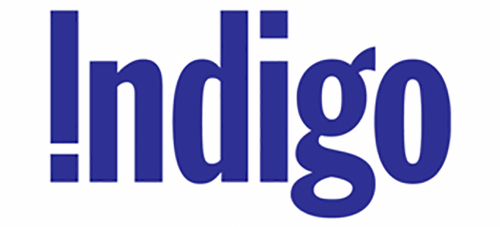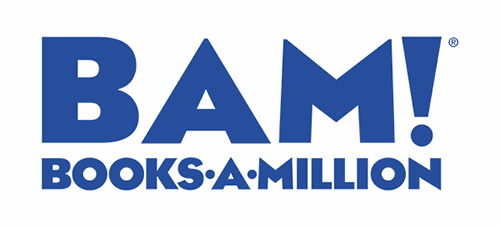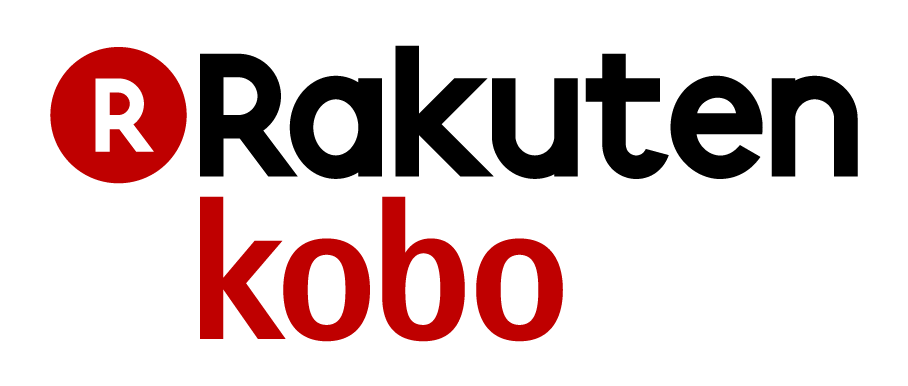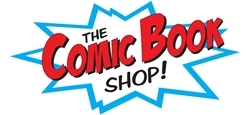INTERVIEW WITH AYAKO NODA
What inspired you to create a title revolving around theater? Is that something you’re passionate about?
I saw a performance of Kohei Tsuka's A Beginner’s Course in Revolution: Hiryuuden, which is currently being worked on [by the characters in Double], and decided one day I wanted to turn this work into a manga.
Another reason is that one of my favorite actors appeared a stage show called GARANTIDO, with the theme of a theater company or a play within a play.
Originally, I wanted to draw the everyday goings on of a small theater company.
Who are your manga and anime inspirations? What series did you grow up with?
Lately I’ve been reading Ura Baito: Toubou Kinshi and Dr. Stone, and I’ve been watching Attack on Titan and Masaaki Yuasa’s Inu-Oh.
My anime inspirations are the Crayon Shin-chan movies, Satoshi Kon’s works (Millennium Actress, Paprika), Studio Ghibli works (My Neighbor Totoro, Spirited Away), Infinite Ryvius, and Kaiba, and for manga it’s Eye Shield 21 (Riichiro Inagaki, Yusuke Murata), Ore wa Captain (Joji Joukura), The Silent Service (Kaiji Kawaguchi), and Massugu ni Ikou (Kira). I also love works from Kyoko Okazaki (Helter Skelter, River's Edge) and Ryo Ikuemi (Barairo no Ashita, Rose Rosey Roseful Bud) among others.
I like to rewatch and reread the same things over and over again, so the media I’ve consumed is probably fairly limited.
What are your favorite plays?
Altar Boyz, A Beginner’s Course in Revolution: Hiryuuden, Bare: A Pop Opera, Ningen Fuusha, Kannon Crazy Show; if anything I mostly go to see musicals.
I also like the Shiki Theater Company, and I especially like Jesus Christ Superstar.
Altar Boyz and Bare: A Pop Opera are originally off-Broadway musicals, and I especially love shows that need prerequisite knowledge of American culture and Christianity (that a Japanese audience might not share) and require detailed and creative translation and a delicate touch from the director to stage successfully in Japan.
Is there any other media (plays, musicals, movies) that inspired Double?
Aside from the titles I mentioned in previous questions, the works of director Masato Harada (Baragaki: Unbroken Samurai, The Emperor in August).
I respect the way he draws anger, his shot composition, camera blocking, general camera work, the overall aesthetics of his works, and I believe everything he makes is good.
How long did it take to come up with the concept for Double?
Even now I'm working on it, so it's still taking shape.
I think it took about a year from the preparation of the project to the start of the serialization.
Is Double based on real-life experiences?
My experience is limited to elementary school festivals and junior high club activities, so I mainly draw the plays and film shoots using interviews and reading materials for reference and my imagination for the rest.
Is there any other media (plays, musicals, movies) that inspired you?
Aside from the titles I mentioned in previous questions, the works of director Masato Harada (Baragaki: Unbroken Samurai, The Emperor in August).
I respect the way he draws anger, his shot composition, camera blocking, general camera work, the overall aesthetics of his works, and I believe everything he makes is good.
What was your biggest challenge when creating Double?
Drawing the sheen on hair.
Are any of the characters inspired by people you know in real life?
Every character has their own model, takes influence from my own thoughts and opinions, and I’m sure readers will see their own associations too. Still, I think it’s nice for the characters to exist as individuals.
Was it always your goal to become a manga CREATOR?
Yes. I started imitating my older sister when I was in elementary school, drawing manga in my notebook, and when I was in junior high I made a submission to Bessatsu Margaret. After that I made a fan doujinshi, and at 24 years old I brought it to a publishing house and made my debut as a manga creator. I’ve been making manga ever since.
© Ayako Noda 2019 / HERO’S
Title: Double
Creator: Ayako Noda
Trim size: 5"W x 7.5"H
Cover: Softcover
Interior: B&W (some color)
Print volumes: 4 (ongoing)
Digital volumes: 4 (ongoing)
